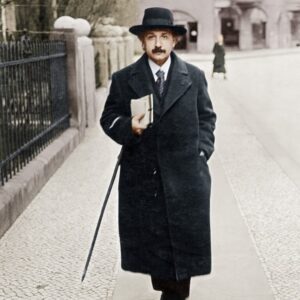Controlling Superconducting Materials with “Pairing Glue”
What is the pairing “glue” for electrons in iron-based high-temperature superconductors? Scientists now have more clues.
Excerpts and salient points ~
+ Current theories suggest that magnetic fluctuations play a very significant role in determining superconducting properties and even act as a “pairing glue” in iron-based superconductors.
“A metal becomes a superconductor when normal electrons form what physicists call Cooper pairs. The interactions responsible for this binding are often referred to as ‘pairing glue.’ Determining the nature of this glue is the key to understanding, optimizing and controlling superconducting materials,” said Ruslan Prozorov, an Ames Laboratory physicist who is an expert in superconductivity and magnetism.
+ They chose a not-so-obvious direction— deliberately inducing disorder in the crystal lattice, but in a controlled and quantifiable way. This was performed at the SIRIUS electron accelerator at École Polytechnique. The scientists bombarded their samples with swift electrons moving at ten percent of the speed of light, creating collisions that displaced atoms, and resulting in desired “point-like” defects. The method, adopted at Ames Laboratory in the early stages of iron superconductivity research, is a way to poke or nudge the system and measure its response. “Think about it as another ‘knob’ that we can turn, leaving other important parameters unchanged,” said Prozorov.
Content may have been edited for style and clarity.

